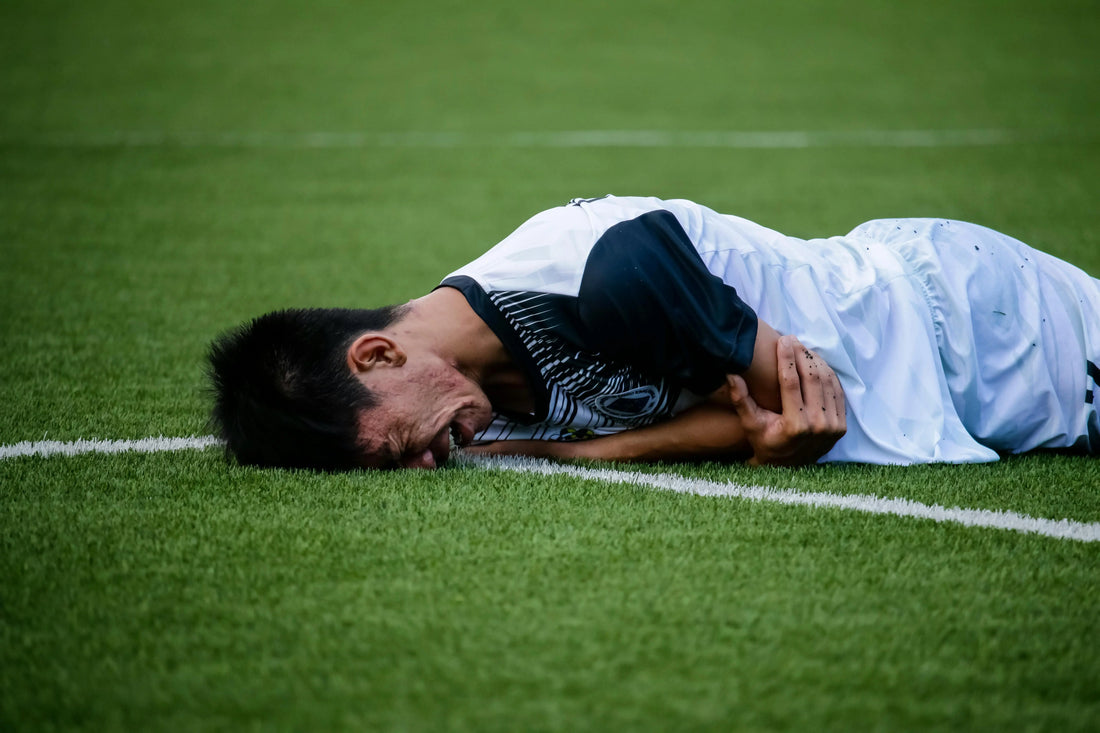Football is a popular sport that demands a player to be in top physical condition, and possess agility, and resilience. However, the intensity of this sport can lead to injuries that can destroy careers. In this post, we explore the injuries footballers face, their treatment, and their legacies.
Frequent Football Injuries
1. Sprains and Strains
a. Ankle Sprains
Sprains are among the most common injuries in football. Ankle sprains occur when ligaments supporting the ankle are stretched beyond their limits or tear. This is most likely to happen during changes of direction or landing awkwardly
b. Hamstring Strains
Hamstring strains are common due to the rapid acceleration and deceleration required. The hamstring muscles, at the back of the thigh, can be overstretched or torn, leading to pain and mobility problems.
2. Knees
a. Anterior Cruciate Ligament (ACL) Injuries
The ACL is a ligament in the knee that helps stabilise the joint. ACL injuries occur during sharp pivots and awkward landings. These injuries can be horrific, often requiring surgery and lengthy rehab.
b. Meniscus Tears
The meniscus is cartilage that provides a cushion between the femur and tibia. Meniscus tears can result from twisting motions, degeneration over time and some twisting motions. These are common in football due to the necessary pivoting and tackling involved required.
3. Fractures and Dislocations
a. Stress Fractures
Stress fractures are small cracks in the bone caused by repetitive impacts and overuse. Footballers, particularly those playing on hard ground, are prone to stress fractures.
b. Shoulder Dislocations
Footballers suffer shoulder dislocations through falls or direct impacts. The shoulder joint is susceptible to dislocations because of its wide range of motion and the physicality of football.
4. Head Injuries
a. Concussions
Concussions are brain injuries resulting from a blow to the head causing the brain to shake within the skull. These are serious injuries in football, often as a result of collisions and falls.
b. Head Haematomata
Head contusions, or bruises, occur if the head hits another player, the ground, or the goalpost. This can lead to swelling, pain, and complications if not treated effectively.
Causes of Injuries in Football
1. Physical Contact and Collisions
Football is a contact sport, and players frequently collide with each other, which can lead to a variety of injuries, including fractures, dislocations, and contusions.
2. Overuse
Overuse injuries occur when players train or play This can lead to stress fractures, tendonitis, and other chronic conditions.
3. Improper Technique
Using incorrect techniques during play can increase the probability of injury. For example, poor tackling shape can lead to knee injuries, and inaccurate landing techniques can cause sprains.
4. Inadequate Conditioning
inadequate proper conditioning training can make players more susceptible to injuries. Strong muscles, tendons, and ligaments are essential for preventing injuries.
Treatment and Rehabilitation
1. Immediate Treatment
Immediate treatment of injuries often involves Rest, Ice, Compression, and Elevation. This approach helps reduce pain and swelling in the acute phase of injury.
- Medical Intervention
Severe injuries may require medical intervention such as surgery. For instance, ACL tears often require reconstructive surgery followed by extensive rehab.
- Physical Therapy
Physical therapy is fundamental to recovery, helping to restore flexibility, and range of motion. Tailored rehab programs are crucial for a full recuperation and to avert re-injury.
- Rehabilitation and Return to Play
Rehabilitation is a multi-phase process that includes:
- Acute Phase: Focusses on reducing pain and swelling.
- Recovery Phase: Restores range of motion and strength.
- Functional Phase: Involves specific exercises to prepare for return to play.
- Return to Play: Gradual return to training and competition, ensuring the player is fully recovered to handle the sport’s demands.
Long-Term Effects on Careers
- Chronic Pain and Mobility Issues
Continual injuries, particularly to the knees and ankles, can lead to chronic pain and long-term issues, affecting a player's ability to perform.
- Psychological Impact
Injuries can also have a psychological impact. The stress of rehabilitation, fear of re-injury, and anxiety about career prospects can affect mental health.
- Career Longevity
Severe or repeated injuries can shorten or end a footballer's career. Players who suffer large injuries can struggle to return to their pre-injury performance levels, leading some to retire.
Conclusion
In football, Injuries are inevitable given the sport's physical demands. Understanding the common injuries, their causes, and treatment may help players and coaches take preventive measures. While injuries can have considerable impacts on footballers' careers, advances in medical treatment and rehab. techniques continue to improve recoveries. Proper conditioning, correct techniques, and allowing suitable rest are crucial strategies to limit the risk of injury and extend a footballer's career.

